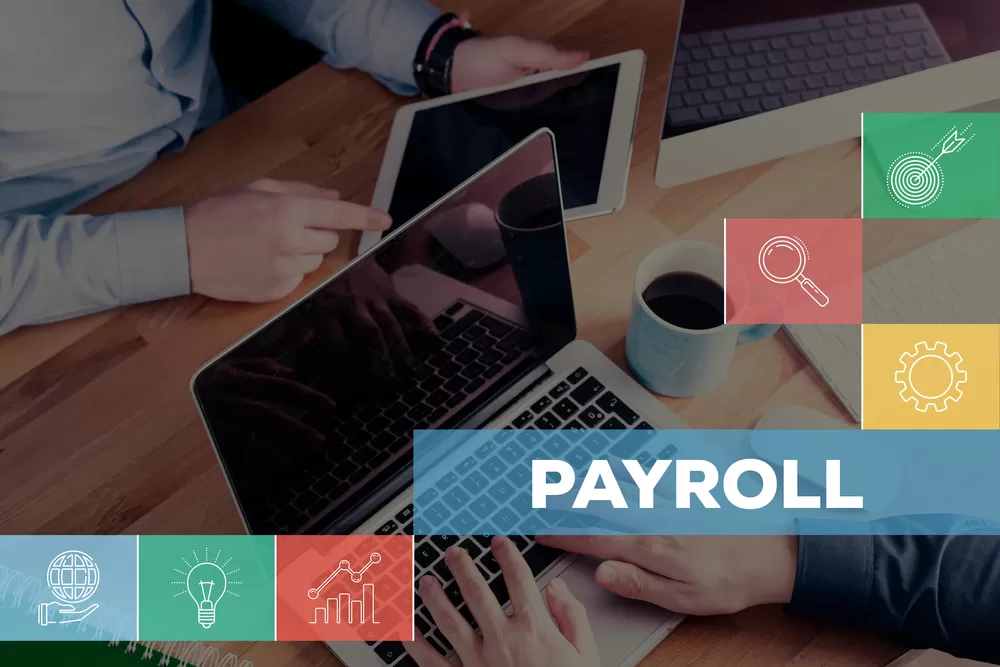Even before the COVID-19 pandemic saw millions of people starting to work from home, remote work was on the rise. Continuing to offer remote work opportunities even after pandemic-era lockdowns have eased is one method companies can use to attract and retain top talent. This is because many workers find that they are more engaged and have a better work-life balance when working remotely, all of which contribute to increased productivity. Remote work also benefits employers because they can hire from across the world and save money on overhead costs.
While increasing remote work has its benefits for both employees and organizations, it’s important to support it properly. Fortunately, your HRIS can help you manage and support remote workers to maximize productivity.
What HRIS Features Support Remote Work?
Your HRIS should help you not only to run HR processes but also to support employees, no matter where they work. The following features can help you ensure that your remote workers have the same tools and resources as your in-office staff.
Real-Time Communication Tools
There are many advantages to remote work, but it can be isolating. While introverts may prefer this, there are other employees who may still crave social interactions with colleagues. In some cases, the job duties may require collaboration with others. An HRIS should have real-time communication features. A chat tool can help employees to keep in touch with each other as needed for their own well-being and to properly do their jobs. The chat tool should help remote workers feel like they’re part of the organization’s community while allowing those who need quiet to stay productive.
Video Conferencing Features
Video conferencing tools enable organizations to hold meetings that all employees can attend no matter where they are with only time differences as a barrier. With virtual meetings, everyone in the organization could attend the same meeting with no concerns regarding space in a conference room. These tools can also be used for interviewing new candidates as well as for training and learning opportunities.
Employee Self-Service
An employee self-service portal is an excellent way to reduce HR’s workload. Employees can access their own information and keep it updated without having to involve HR at all. This reduces the number of tasks for HR to complete because employees are doing it themselves. This also benefits remote employees because they can access their profiles and update their own information without having to come into the office. This extends to checking PTO, payroll stubs, and more. No matter where an employee works, they can have immediate access to that information without having to ask someone in HR.
Collaboration Tools
Keeping in touch with each other is an essential part of collaboration, but it’s not the only tool needed. An HRIS can include features such as document sharing and a knowledge database where employees can all access shared projects. This database in conjunction with communication tools enables employees to work together in real-time just like they would if they were in the office together.
Payroll Compliance
Companies that have embraced remote work can hire employees from anywhere in the world. This significantly widens the pool of potential top talent and can help ensure that you hire only the best candidates for each role. This also means that your payroll will be more complicated. Even if you hire only within the United States, there can be different local and state regulations as well as different rates of pay. This becomes even more complicated if you have international employees or different types of employees, such as salaried, hourly, part-time, or contractor employees. Your HRIS should either offer payroll features that can handle these differences or should connect to payroll software that does.
Review and Feedback System
Digitizing your review and feedback system is beneficial to everyone no matter where they work. This is because an HRIS can better keep track of reviews over the long term so it’s easier for managers to track how employees have improved. It’s also easier to give feedback on a regular basis rather than waiting for an annual review. This helps employees to change their behavior or work immediately rather than having to wait and further entrench mistakes or bad habits. For remote workers, continuous feedback features help to ensure that they’re included equally in the feedback and review process as employees who are working in the office. This can also help to reduce manager bias towards employees in the office when it comes to succession planning.
What Are the Benefits of Using an HRIS to Support Remote Work?
An HRIS has numerous benefits for HR. From saving money and freeing up HR time and resources to reducing the possibility of human errors, your HRIS plays a significant role in the running of your organization. On top of that, there are benefits specifically for using your HRIS to support your remote workforce.
Reduced Turnover
Remote work can reduce turnover but only if employees feel fully supported. A remote worker who does not have the tools to succeed may not stay with your company. Using an HRIS can help to ensure that all of your employees have the support they need whether they’re working remotely, in the office, or both. These tools may include communication and collaboration tools, video conferencing, and more. Your HRIS can also help you to keep track of what equipment each employee has, which can help ensure that your remote workers are fully equipped with everything they need. It can also help to ensure that employees have access to all of the programs they need to use whether they’re remote or in-office.
Employees who have everything they need to do their jobs effectively and are adequately supported no matter where they work will be more likely to stay in their current jobs.
Improved Succession Planning
Managers may have an unconscious bias toward employees who work in the office because they see them every day and speak to them in person. This personal contact may end up keeping those employees at the forefront of a manager’s mind when succession planning decisions are being made. This isn’t fair to remote workers and may result in promotions going to employees who may not necessarily be the best choice for the role. Using an HRIS can help keep remote workers in closer contact with not only their colleagues but also with managers and other decision-makers. HRIS software systems can also facilitate reviews and learning management features so that it’s easier for managers to quantify who is eligible for a promotion and who isn’t ready yet.
Increased Data Accuracy
The more data that has to be input manually, the greater the risk of errors. An HRIS can help to manage data and integrate it with other systems so that data only has to be input once and then can be synchronized across all platforms to ensure accuracy. An HRIS also allows employees, both remote and in-office, to input their own information and check their own paystubs and PTO in the employee self-service portal. This increases accuracy because they can each take responsibility for ensuring that all of their own information is correct.
Cost Savings
If you encourage more and more of your employees to work remotely, you’ll have less office space that you’ll need to rent and pay to keep running. Even larger companies could operate out of very small offices if the bulk of their staff are working remotely. Your HRIS can help to manage all of your employees no matter where in the world they work, which can make remote work more effective and efficient.
Better Organization
Using software can also help everyone stay better organized. It’s much easier for HR to keep track of PTO and which days employees are taking off when there’s one central system through which requests are processed and schedules are made. This can help to ensure that all positions are covered throughout the company even when employees may not be present in the same office.












